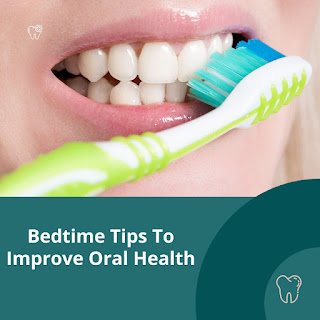How Cavities Develop
A dental cavity, also known as tooth decay or caries, is a hole in the tooth's enamel (the hard, outer layer of the tooth) caused by bacteria. When sugars and starches from food and drink are left on the teeth, bacteria in the mouth produce acids that attack the enamel, leading to decay. The Brownfield dentist in Brownfield is conveniently located near to the Brownfield Sport Complex and Coleman Park is the best option available and the dental office near me.
How Cavities Develop:
Plaque Formation: Plaque is a sticky film of bacteria that forms on the teeth. When sugars from food are consumed, the bacteria in plaque produce acid that can erode tooth enamel.
Enamel Breakdown: The acids produced by the bacteria break down the enamel, creating tiny holes or cavities. If not treated, the decay can spread to the deeper layers of the tooth, including the dentin and pulp.
Progression: Over time, the cavity can grow larger and deeper, leading to more significant tooth damage and potentially causing pain, infection, or tooth loss.
Cavity Treatment Procedures:
Fluoride Treatments: If the cavity is caught very early, fluoride treatments may help restore the enamel and reverse the early stages of tooth decay. Fluoride strengthens the enamel, making it more resistant to acid attacks.
Dental Fillings: For cavities that have progressed beyond the initial stages, a dental filling is the most common treatment. The dentist removes the decayed part of the tooth using a drill and then fills the cavity with a material such as composite resin, amalgam, gold, or porcelain.
Crowns: If the decay is extensive and the tooth structure is weakened, a crown may be necessary. A crown is a custom-made cap that covers the entire tooth, restoring its shape, size, and function.
Root Canal: If the decay reaches the pulp (the innermost part of the tooth containing nerves and blood vessels), a root canal may be required. In this procedure, the dentist removes the infected pulp, cleans and disinfects the inside of the tooth, and then fills and seals it. Afterward, a crown is usually placed over the tooth to protect it.
Tooth Extraction: In cases where the tooth is severely damaged and cannot be restored, the dentist may recommend extracting the tooth. After extraction, options like dental implants, bridges, or dentures can be used to replace the missing tooth.
Preventing Cavities:
- Good Oral Hygiene: Brushing at least twice a day with fluoride toothpaste, flossing daily, and using an interdental brush can help remove plaque and food particles from between teeth.
- Regular Dental Check-ups: Visiting the dentist regularly for cleanings and exams helps catch cavities early and maintain overall oral health.
- Healthy Diet: Limiting sugary and acidic foods and drinks can reduce the risk of cavities. Drinking water after meals can also help wash away food particles and acids.
Call us at (806) 636-5555 ,Mail us at : brownfielddental@gmail.com
or visit https://brownfielddentaltx.com/home to schedule your appointment.
Find us at:
101 Seagraves Rd,
Brownfield,
TX 79316.



.jpg)
Comments
Post a Comment